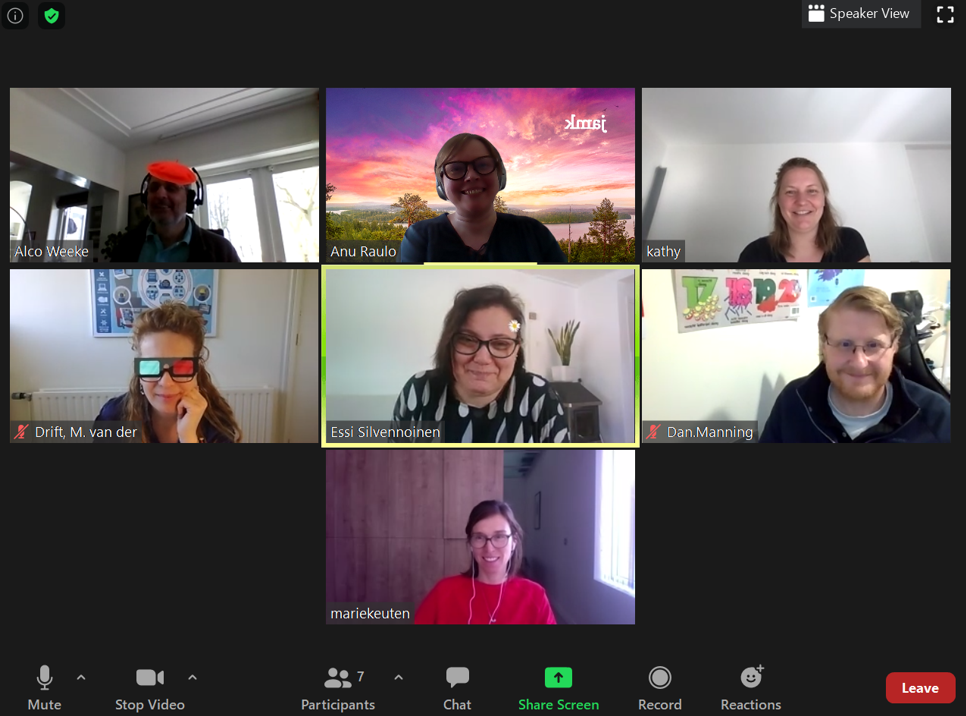In the TEAMS project we want to get our maritime students prepared for the future. The TEAMS project believes entrepreneurial skills play a key role in the future professional maritime field. How do you get entrepreneurial skills in maritime education?
The first step is to split entrepreneurial skills into different parts, like problem-solving, decision making, communication etc. Then you determine which of these skills are still missing in the curricula of the participating maritime schools. This process can be found in the Gap analysis.
The second step is to develop a method for training teachers to become a coach. Finnish senior coach Juha Ruuska has applied his proven method of Tiimiakatemia (part of JAMK University of Applied Sciences) to the TEAMS project in the TEAMS Blueprint. This Blueprint is also the basis for the coaching sessions, in which teachers are trained to become TEAMS coach.
At this point we have arrived at the third step; maritime teachers are trained as TEAMS coach. The initial plan was to have these coaching sessions take place at the location of one of the participating Maritime Schools. But unfortunately the Pandemic threw a spanner in the works, teachers are now being trained online. This spring, trainer Essi Slivennoinen is using targeted assignments and self-reflection to coach Maritime teachers. Fortunately, the group of teachers was able to travel to Finland in February 2020, where they were able to see and experience the Tiimiakatemia with their own eyes.
Then we automatically arrive at fourth step; teachers are trained to be coaches so that they can guide their students. Next school year, students will work in groups on real life cases from the maritime field. Because the students work with real life cases and with real clients, they become owner of their own learning process. During the coaching, the TEAMS coaches each time make the decision to intervene and slightly adjust, or to do nothing so that the students acquire skills through trial and error.

